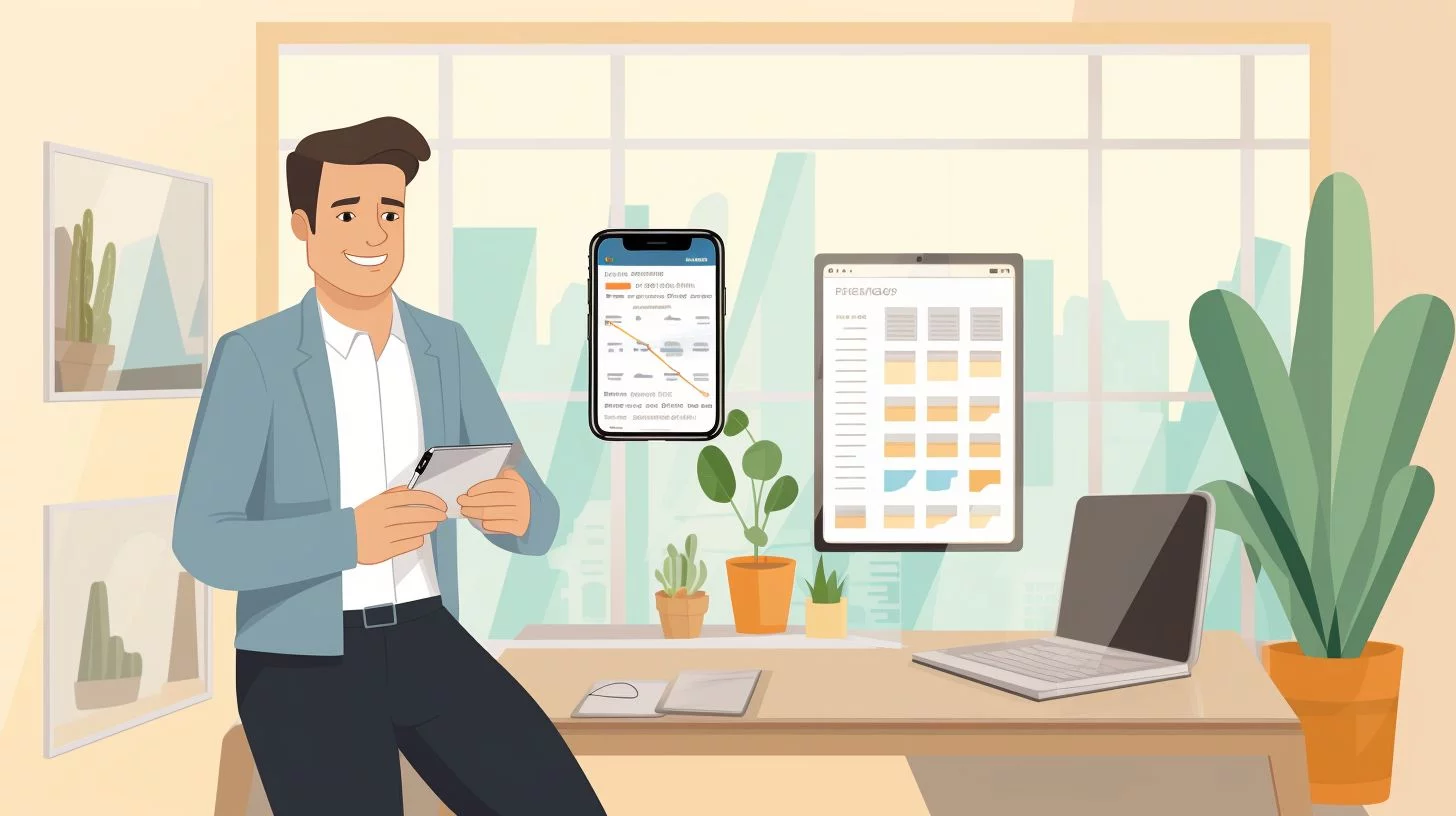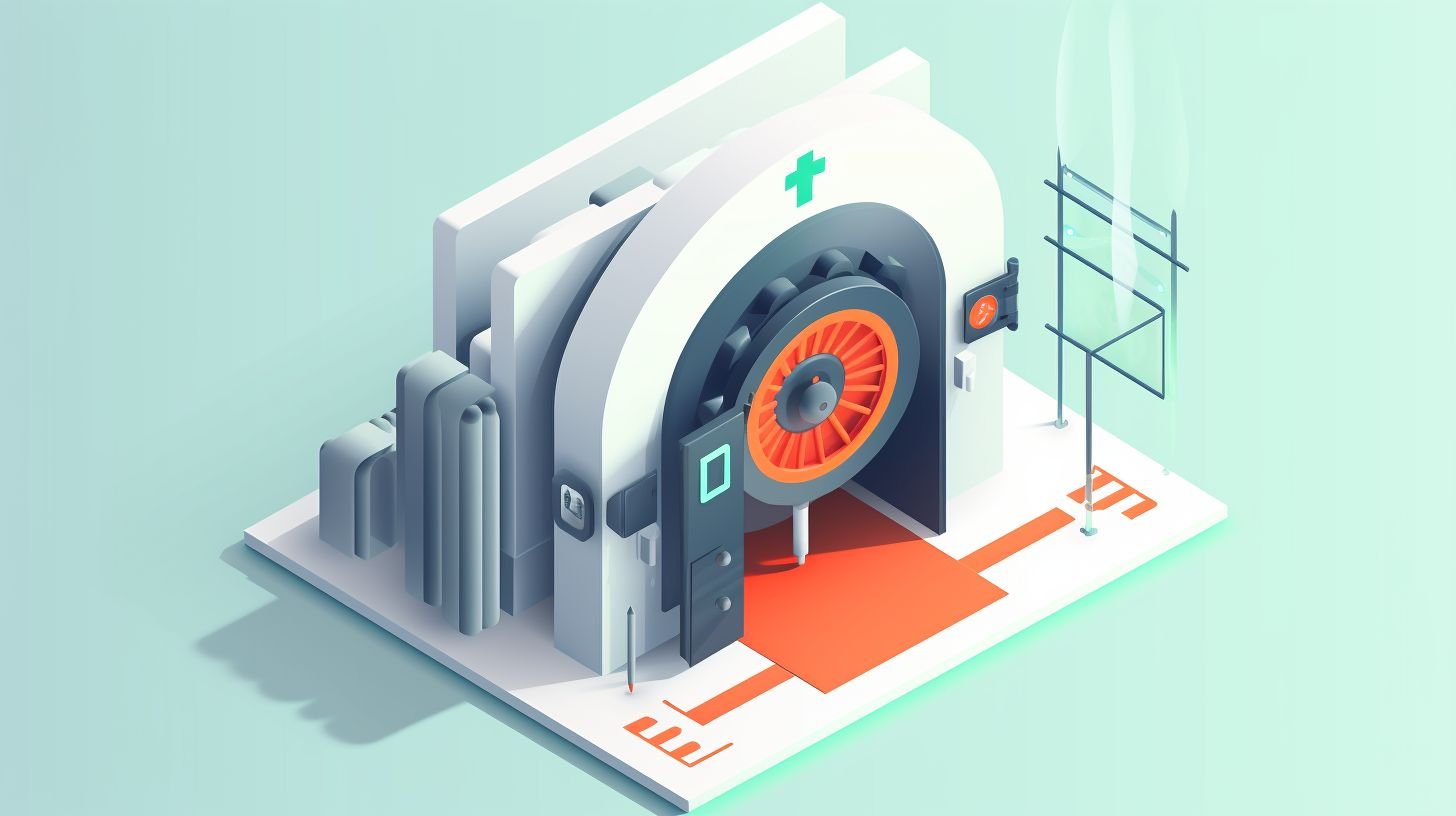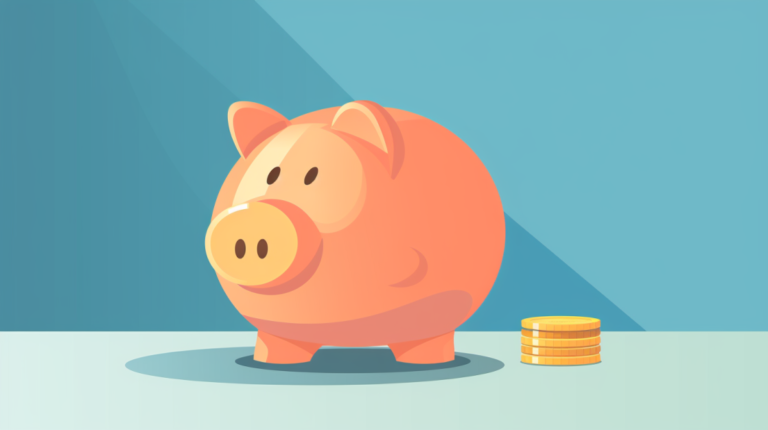How To Set Up Direct Deposit

Key Takeaways
- Direct deposit puts money right into your bank account. This can be work payments, tax refunds or social security benefits.
- The direct deposit process needs information like your bank routing number and account number. Your boss gives you a form to fill out with this data.
- To set up direct deposit, ask for the form from your employer. Fill it out and hand it back with a voided check if needed.
- Use direct deposit to make getting paid quicker and safer. You can also use it for paying bills like rent or utilities easily.
What is Direct Deposit?
 Direct deposit is a handy tool that sends money right into your bank account. It’s all electronic, so you don’t have to worry about paper checks. Your boss or anyone else who owes you money can use direct deposit to pay you. Think of it as an automated way to get paid without lifting a finger. This method is not just for work payments. People also use it for other things like getting tax refunds or Social Security benefits. Direct deposit stops any risks tied with cash or checks since your funds go straight into your account where they are safe and sound.
Direct deposit is a handy tool that sends money right into your bank account. It’s all electronic, so you don’t have to worry about paper checks. Your boss or anyone else who owes you money can use direct deposit to pay you. Think of it as an automated way to get paid without lifting a finger. This method is not just for work payments. People also use it for other things like getting tax refunds or Social Security benefits. Direct deposit stops any risks tied with cash or checks since your funds go straight into your account where they are safe and sound.The Process of Direct Deposit
Understanding the process of direct deposit is quite simple. Firstly, it’s offered by most employers through their payroll systems, and even independent vendors can take advantage of this electronic payment method. The magic comes into play when your paycheck is automatically deposited into your bank account on payday- no paper check involved! It all begins with a transaction initiated by your employer (or anyone owing you money) to an Automated Clearing House (ACH), which then gets routed to the relevant banking institution via encoded information like your bank routing number and bank account number. Setting up direct deposit isn’t rocket science – you usually just need some key details from a check or bank statement to get started.How does it work?
Direct deposit works like a charm. It moves money from one spot to another. All this happens through an automated way called the Automated Clearing House (ACH). This fast system is safe. Everyone involved agrees on when and how much money will move. To set it up, you need some data first. You fill out a form with your name and some bank numbers. Your employer or payer gives you this form. The values you write down are your bank account number and the American Bankers Association (ABA) routing number. After that, you turn in the form, then sit back and relax as your funds get moved by themselves!Who offers it?
Many places offer direct deposit. Banks like Chime, The Bancorp Bank, and Stride Bank are a few. TD Bank also has this service. Not just banks, but some companies use it to pay workers too. So, check with your bank or employer if you want to set up direct deposit.How to Set Up Direct Deposit in Simple Steps
 Setting up direct deposit may seem daunting, but it’s a simple process that starts with obtaining a direct deposit form from your employer. You need to then provide your personal bank account information, including both the account and routing numbers. Next, decide how much of each paycheck you want deposited into this account – it can be just a portion or the full amount. If required by your employer, include a voided check with your submission for verification purposes. After submitting the form successfully to either your HR department or payroll administrator, keep an eye on your bank account to see when the first direct deposit comes in – this is also when you should start enjoying all its benefits!
Setting up direct deposit may seem daunting, but it’s a simple process that starts with obtaining a direct deposit form from your employer. You need to then provide your personal bank account information, including both the account and routing numbers. Next, decide how much of each paycheck you want deposited into this account – it can be just a portion or the full amount. If required by your employer, include a voided check with your submission for verification purposes. After submitting the form successfully to either your HR department or payroll administrator, keep an eye on your bank account to see when the first direct deposit comes in – this is also when you should start enjoying all its benefits!Getting a direct deposit form from your employer
You need a direct deposit form to start this process. Ask your boss or HR team for it. The form is simple and easy to fill out. It asks for your bank routing number and account number. These numbers let your work put money straight in your account. Some forms might also ask for a voided check, so be ready with one if needed.Providing your personal bank account information
For setting up direct deposit, you need to share your personal bank account information. This includes your account number and the American Bankers Association (ABA) routing number. You will find these numbers on your paper checks or online banking platform. Sharing this data helps move money from your job’s bank to your own. Before giving out your details, make sure the site is safe. Check their privacy rules and see if they keep data secure. Be smart with sensitive information like this to protect yourself from fraud.Deciding on the amount for direct deposit
You choose how much to put in a direct deposit. This choice should match your money needs and goals. You can split funds between accounts if you like. Feel free to change the amount at any time as your money needs change. It might take a few weeks for this setup to finish with your boss. While waiting, you will still get paper checks.Including a void check with your form
You need to give your boss a void check with your form. This is an easy step. First, you take a blank check and write “VOID” across it in big letters. Don’t fill anything else out on the check! Now make sure you don’t fold or bend it when you attach it to your direct deposit form. Your bank account number and routing number are both on this voided check. The payroll department will use these numbers to set up your direct deposit correctly.Submitting the form to your employer and monitoring your bank account
After filling out the form, give it to your boss. Make sure you include all needed details like bank account number and routing number. Then, keep an eye on your bank account. You should see your money there when payday comes. It also lets you track where and how much money goes in or out of your account. By doing this, you can plan better for bills and other needs with ease and confidence!Uses and Benefits of Direct Deposit
 Direct deposit offers a multitude of uses and benefits. For independent contractors, it ensures timely payment without the need to handle paper checks. Social security beneficiaries can get their monthly support directly into their account, making it stress-free. Tax refunds are deposited quickly into your bank account with this method. You can even use direct deposit for paying bills such as utilities or rent – just provide your leasing agent or utility company with your banking details! The safety and convenience aspect of using direct deposit cannot be overstated; there’s no risk of losing a physical check, and you always have control over where your money goes. It’s an all-around win for managing your finances efficiently.
Direct deposit offers a multitude of uses and benefits. For independent contractors, it ensures timely payment without the need to handle paper checks. Social security beneficiaries can get their monthly support directly into their account, making it stress-free. Tax refunds are deposited quickly into your bank account with this method. You can even use direct deposit for paying bills such as utilities or rent – just provide your leasing agent or utility company with your banking details! The safety and convenience aspect of using direct deposit cannot be overstated; there’s no risk of losing a physical check, and you always have control over where your money goes. It’s an all-around win for managing your finances efficiently.For independent contractors
Direct deposit is a big win for independent contractors. It shifts payments from paper checks to an electronic method. This way, they get paid faster and have quicker access to their money. The funds go straight into their checking account with no need for a trip to the bank or waiting for a check in the mail. Also, security is better with direct deposit as there’s no risk of losing a check or having it stolen. Contractors can also split their pay into different accounts like savings and checking at the same time. Maybe best of all, using direct deposit cuts out extra steps making life simpler!Social security benefits
Direct deposit is great for social security benefits. Since 2013, people get these funds right in their bank account. This helps the Social Security Administration too. They save a lot of money that way. No more waiting and no fees from paper checks! Plus, payments are always on time with direct deposit. Best of all, you don’t have to do anything extra to get your cash! It’s just there in your account when you need it.Tax refunds
You can get your tax refund faster with direct deposit. It is safe and quick. Your money goes right into your bank account. No need to wait for a paper check in the mail. Once the money hits your account, you can use it right away. The setup might take a few weeks, but it’s worth the wait!Paying bills
Direct deposit makes paying bills easy. Bills get paid on time, as money goes from your account to the company right away. Utilities and rent are some types of bills you can pay this way. You can also give to charities using direct deposit. The method is safe too! No need to worry about stolen or lost checks anymore. The funds move straight into the accounts without any risk. So, you have more control over your finances and less stress about bill payments!Safety and convenience
Direct deposit is safe. It keeps your money secure. No one can steal your paper check. You don’t have to worry about losing it either. Your bank has safety rules to protect your money. Direct deposit is also easy and comfortable to use. Your money goes straight into your account, quick and fast! Forget about waiting in lines or running to the bank every pay day. With direct deposit, you get more time for fun stuff!Can I Still Set Up Direct Deposit If My Bank Closes My Account?
If your bank closes your account, you may wonder if setting up direct deposit is still possible. Fortunately, there are bank account closure solutions available. You can contact your employer or benefits provider to provide them with your new banking information, ensuring a smooth transition for future direct deposits. Keep them informed to avoid any interruptions in your financial transactions.
Frequently Asked Questions about Direct Deposit
 In this section, we’ll delve into some of the most commonly asked questions about direct deposit, exploring how long it takes to set up, whether you can use a savings account for deposits, and how to check the status of your deposited funds.
In this section, we’ll delve into some of the most commonly asked questions about direct deposit, exploring how long it takes to set up, whether you can use a savings account for deposits, and how to check the status of your deposited funds.





